The magic of Niloy Das: A tribute by Milu Aman
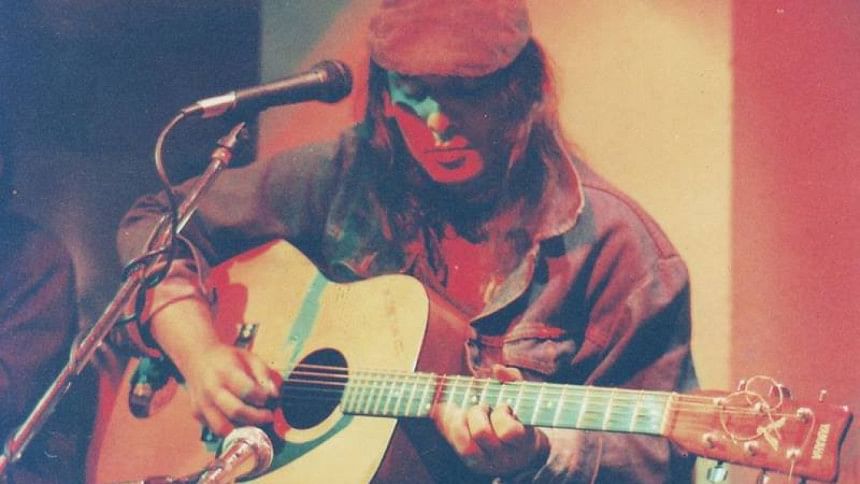
Niloy Das, one of the finest musicians of the country, wasn't just a guitarist—he was a true devotee of the instrument. He is often called the "guitarist of guitarists" in Bangladesh, a legend in the country's musical history.
Born into a musical family, his father Sudhin Das was a renowned researcher of Nazrul Sangeet, and his mother Nilima Das was also a prominent singer. In the early 90s, Niloy Das's home in Kalabagan became a laboratory for Dhaka's guitarists.
Niloy Das's guitar skills were unparalleled, and he was celebrated as one of Bangladesh's top guitarists. His journey into the world of music was not limited to a single genre; instead, he ventured into non-classical genres, drawing inspiration from renowned guitarists like Ritchie Blackmore and Randy Rhoads. His passion for the guitar was evident in every note he played, and it left an everlasting impression on those who had the privilege of hearing his music.

Milu Aman, a writer and researcher, was just a teenager back then, fresh off his SSC exams, and eager to learn guitar under Niloy's guidance. What started as a quest to learn music led to a decade-long friendship between the two. Although now a writer, Milu Aman never gave up his love for music and has authored several books on Bangladeshi band music and rock music. He also published a compilation in memory of Niloy Das.
In a recent interview with The Daily Star, Milu Aman shared why Niloy Das became a legend, his thoughts on music, and his deep love for playing the guitar.

How did you first meet Niloy Das?
I always had a love for music, especially Western music. I had wanted to learn guitar since I was in grades seven or eight. My mother finally agreed to buy me a guitar after I completed my SSC in 1990, despite my father's strict rules.
But I had no idea how to choose a guitar. I knew that there was a great guitarist in our neighbourhood. I would often see well-known musicians like Ayub Bachchu, Kamal from Warfaze, and Latiful Islam Shibli visit him. I decided to approach Niloy da and ask for his help.
One day, I went to a kindergarten school in our neighbourhood, where he taught guitar on weekends. I snuck inside and was awestruck—everyone in the classroom was playing guitar. Niloy da jammed with a student, and it was mesmerising. After class, I gathered the courage to ask him to help me buy a guitar. He looked at me, surprised, and said, "Why ask me? Go to Science Lab; there are plenty of shops there." I told him I didn't know how to choose one. Eventually, he agreed, and that very afternoon, we went to Science Lab and bought my guitar.
He loved teaching. Every visit meant learning something new, and that's why I kept going back.
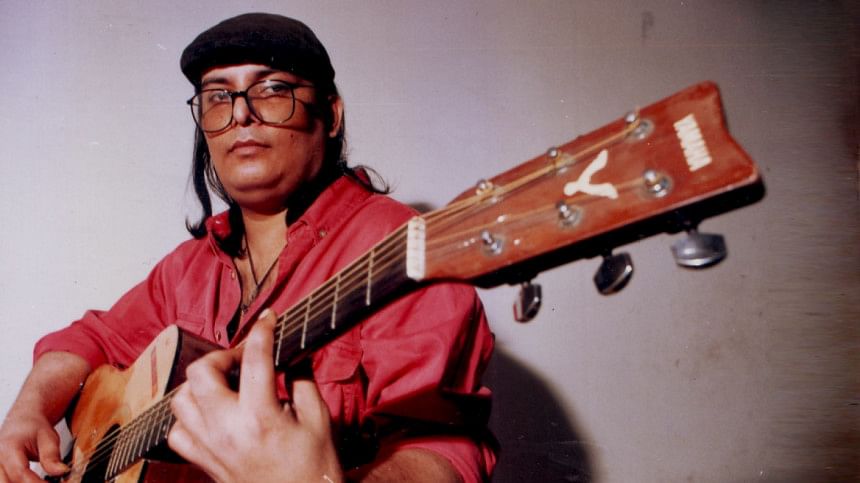
How deep was Niloy Das's love for music?
His entire family was deeply involved in music. His father, Sudhin Das, was a legendary Nazrul Sangeet researcher, and his mother and sister were also singers. Though he didn't follow his family's path into classical Bengali music, Niloy da had a strong passion for Western classical music. At that time, there was a growing fascination among the youth with Western music, and Niloy Das not only mastered the guitar but also introduced various Western genres.
He knew I had a good collection of Western music, and beyond guitar lessons, we shared a deep bond over music. Collecting albums was no easy task in those days. We'd gather records from places like Rainbow on Elephant Road. Niloy da would always be interested in new albums and would carefully read through the details—lyrics, musicians, instruments used, recording information.
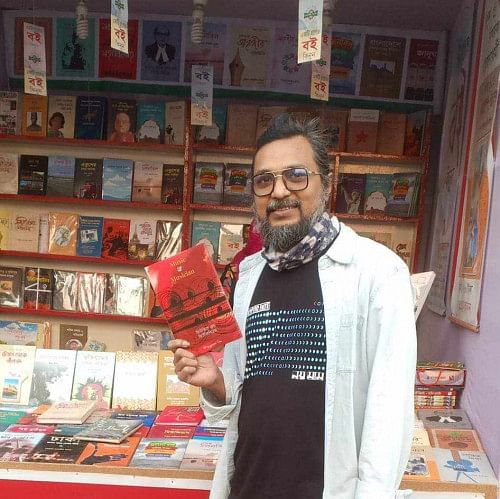
How did the musician learn to play guitar?
Learning guitar back then wasn't easy. He had a deep interest in music, nurtured from a young age in a musical family. He was always keen on listening to various kinds of music. I heard that he took some basic lessons from a Korean artiste in Dhaka.
At the time, there were no good books for learning guitar, let alone the internet or YouTube. Musicians would listen to songs and figure out the music by ear. Niloy da was deeply influenced by guitar styles such as Western classical, fingerstyle, and flamenco. He listened to greats like Paco de Lucía, John McLaughlin, and Al Di Meola.
Back then, musicians had to constantly rewind and forward cassette tapes to pick up the nuances of each sound, and Niloy da had a remarkable ear for music. He could identify every little detail.

Niloy Das is known as the "guitarist's guitarist." Why is that?
Niloy da was always with his guitar. I never saw him without it. His house was a gathering spot for musicians. He wasn't confined to any one genre; he was always exploring something new. He'd even listen to Latin and African music from my collection. What made him stand out was his passion for teaching. People always learned something new from him, which is why he became the go-to person for Dhaka's guitarists. His teaching spirit set him apart, earning him the title "guitarist's guitarist."
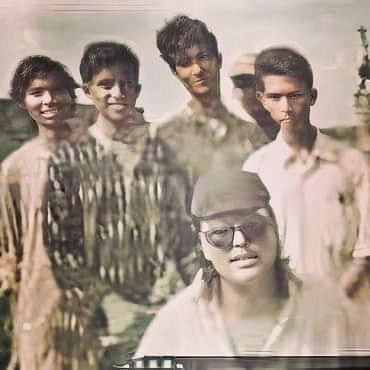
What was his teaching style?
His method of teaching was very unique and strict. He started with the basics, like hammering and fingering exercises. He wouldn't move to the next lesson unless you mastered the fundamentals. There was no shortcut with him.
When I started learning, I thought I'd become a famous guitarist quickly. But the first lesson was so tough that it took a long time to move to the next stage. I once asked to learn chords, and he scolded me, saying, "You're not ready for that yet. First, free your hands."
He could gauge each student's potential and adjust his lessons accordingly. Those with a knack for classical music or lead guitar got specific guidance after the basics.
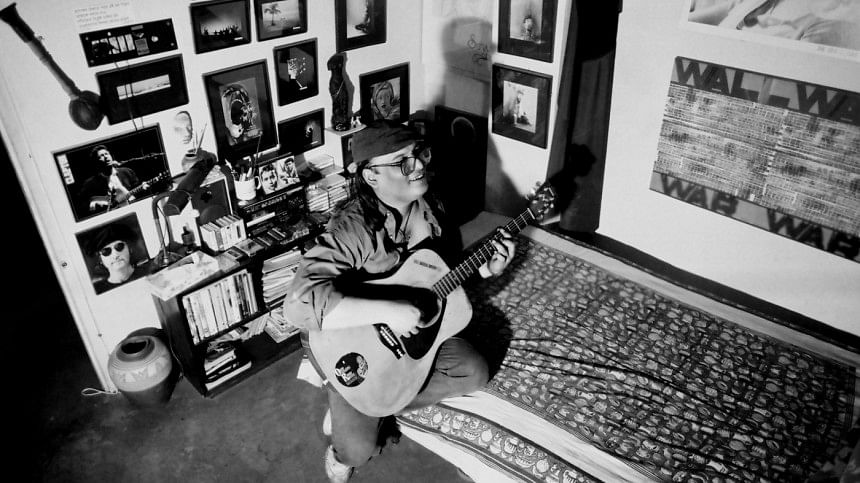
Who were Niloy Das's favourite musicians?
He was very open-minded in his music preferences and loved exploring various genres. However, he had a special fondness for classical music. He admired composers like Niccolò Paganini, Beethoven, Mozart, and Bach. He also enjoyed Ravi Shankar and Ananda Shankar's music.
Flamenco was a favourite of his—Paco de Lucía was one of his idols. He loved Alex Stuart, Crosby, Stills, Nash & Young, Lobo, Barclay James Harvest, Neil Young, Santana, Ritchie Blackmore, and Vinnie Moore. He was also one of the first neo-classical guitarists in Bangladesh, heavily influenced by Yngwie Malmsteen's guitar work. Eric Johnson and Randy Rhoads were his other favourites, and I remember seeing a picture of Randy Rhoads on one of his guitars.
Did Niloy Das ever form a band?
He formed two bands, "Trilogy" and "The Gnomes." He'd sometimes practise with his band, perform at shows, and play in hotels. But I don't think there were any recordings. Niloy da found it hard to keep up with the responsibilities of being in a band, like attending regular rehearsals. Also, he had stage fright and didn't like performing live. There were times when he had to be forced onto the stage.

Could you tell us about his friendship with Happy Akhand?
Happy Akhand had passed away before I met Niloy da, but I heard they were very close. Niloy da once showed me a guitar that used to belong to Happy. He kept that guitar and would get emotional when talking about him. He even wrote a song in Happy's memory, "Happy toke mone porlei, ekta guitar tole jhonkar" (Happy, whenever I think of you, a guitar strums). He also named his music school "Happy School of Music" in his friend's honour.
Niloy Das is considered a mythical figure in Bangladesh's guitar scene. What are your thoughts on that?
Niloy Das was truly a guitar maestro. The guitar wasn't just an instrument for him; it was his way of life. He looked like a regular guy, but the moment he picked up the guitar, he transformed. You could see it in his face, his posture—everything changed. It was like he became a different person. Watching him play the guitar was a mystical experience for all of us. There was a deep, almost spiritual connection between him and the instrument.
He really was a myth, especially to us. Anytime someone played something new or managed to pull off a complex piece, we'd say, "Look, he's playing like Niloy da."
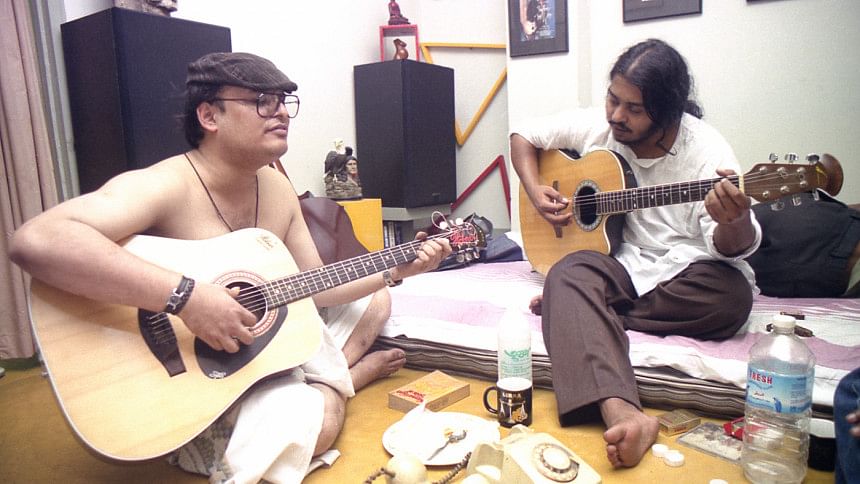
You've published a book about Niloy Das. What was the thought process behind that?
Yes, journalist Haque Faruk and I put together a compilation about Niloy Das. The idea was to preserve the memory of someone as legendary as him. I had written about Niloy da in my first book, "Rockjatra". Then, when Haque Faruk and I worked on the "Bangla Rock Metal" book, I felt it was time to do something entirely focused on Niloy da. We reached out to some of his students, friends, and people who had worked with him. Eventually, we got pieces from people like Kamal from Warfaze, Foad Nasser Babu, Fuad Ibn Rabby, Saeed Karim, Babna Karim, drummer Rumi, and one of Niloy da's students, Russell. These contributions made up the book.
Do you have a favourite memory of him?
One of my fondest memories is related to the "Live in Berlin" concert Roger Waters did after leaving Pink Floyd. There was a recording of that concert, which later became an album. I managed to get a copy. One day, Niloy da asked if I had any new albums. So I brought him the "Live in Berlin" record. He was thrilled. He said, "Oh, I've been wanting to listen to this for days. Glad you had it!"
He also mentioned that James Galway, a flautist who was one of his favourites, had performed at the concert. Then he asked if I knew James Galway. I didn't, and when I admitted it, he was over the moon. He teased me like a child, so happy that, for once, I didn't know something. Normally, whatever he asked me, I always had an answer, but this time, he had one up on me because he had heard James Galway's performance before I did.
Born on September 30, 1961, Niloy Das was a true maestro of music, showcasing his talent as a guitarist, singer, composer, music director, and guitar teacher. His life and contributions to the world of music are a testament to the enduring power of artistic expression.
Tragically, Niloy Das's musical journey was cut short when he succumbed to heart disease at the age of 45 in 2006. However, his music continues to live on, highlighting his enduring legacy. As we celebrate his 63rd birthday today, it's an opportunity to reflect on the profound influence he had on the music industry in Bangladesh.

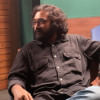
 For all latest news, follow The Daily Star's Google News channel.
For all latest news, follow The Daily Star's Google News channel. 
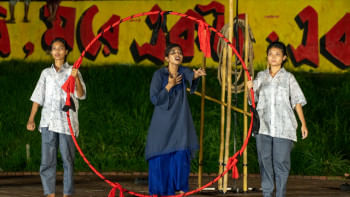






Comments